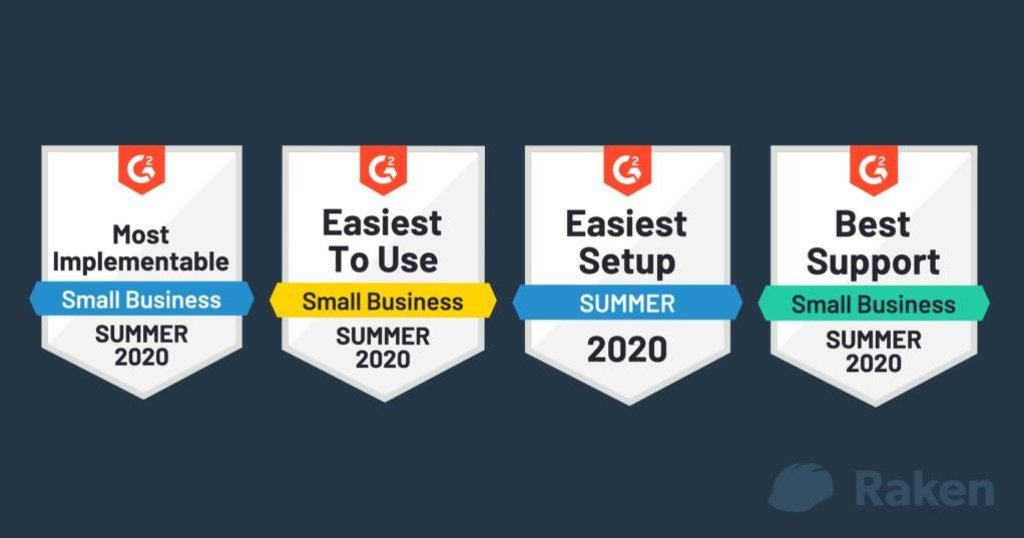The world of construction tech is ever-changing—and companies who successfully utilize this tech are able to streamline their processes and continuously increase their bottom lines. Historically, most construction tech has always started with the office then trickled down to the field. This typically results in one tool that can (hopefully) be used by both the office and field for most workflows. But while an all-in-one tool may seem like the most efficient method, companies run the risk of wasting that investment if the field finds it complex and doesn’t actually use it.
Invest in a tool that’s built for the end-user
When you think about it, the field is where all your data is created, so finding a construction field management software that they love to use that works alongside the others will also benefit the office by giving them better visibility into the jobsite. The last thing a project superintendent wants to do at the end of their day is to spend an extra hour filling out paperwork and trying to remember everything that happened. By empowering that same superintendent to document everything as they walk the jobsite, they’ll be able to save time and complete more accurate reports.
Loop your field team into the decision
Involving the end-users (in this case, your field team) at the beginning of the process is a simple step that can help you increase your ROI from the very start. The more buy-in they have in choosing the tools they’ll use, the more likely it is that they’ll adopt them and use them to their fullest capabilities.
According to a study we conducted with MarTec, surveyed office decision-makers stated cost as their top priority when considering new software. When we asked the same question to decision-makers in the field, they valued its ease of use above everything else. By including the field teams in the decision before a purchase is made, it’s more likely your company can come to a compromise to find the right tools that will set both teams up for success, and ultimately increase your revenue by removing any friction points in your processes.
Evaluate your field tools
So what should your field solution be able to accomplish?
G2—one of the most notable review platforms for software—puts it best. To even be considered for their construction jobsite management category, a product must:
Improve workflow and communication between and amongst the back office and jobsite
Facilitate communication and coordination of jobsite field workers
Allow field crew to track their hours, communicate with team members, and retain visibility over resources
Sync with construction project management and construction document management software
Be accessible on mobile devices
All these factors are crucial to solving the pain point that many teams see in their communication between the office and field—and they’re exactly why Raken was created. By giving the field an easier way to collaborate and communicate updates, teams can work more efficiently and effectively across every workflow.

Raken was ranked highest for Best Usability in G2’s Jobsite Management category.
Consider the cost of implementation
Another important thing to consider when looking at new construction software is how long it will take before you can actually start using it. Ease of setup and implementation time can directly impact whether or not users will adopt the tool—the longer it takes and harder it is to set up, the less likely it is users will want to invest time into learning how to use it. The goal of construction tech is to make your workflows more efficient, so finding a tool that does that and can be set up within a day or two will ultimately increase your productivity and user adoption.
When we built Raken, this was one of our biggest considerations for making sure our tool was truly designed for the field. If even the least-tech savvy superintendent on a jobsite could pick it up and start using it right away, it’s much more likely to be used by the entire team on a daily basis. This not only ensures that your company is getting their money’s worth on the investment...it also means improved daily reporting and communication to the office, fewer surprises on every project, and better historical data you can use for your future bids.

Raken was ranked highest for Easiest Setup and Most Implementable in G2’s Small Business Construction Management category.
Investing in construction software is becoming the new norm as more companies look to streamline their processes. While finding one that can do it all may seem like a no-brainer, considering what your field team wants to use and implementing a tool that they love alongside your other tech is a small step that will pay for itself (and then some) over time through improved digital documentation and communication.
